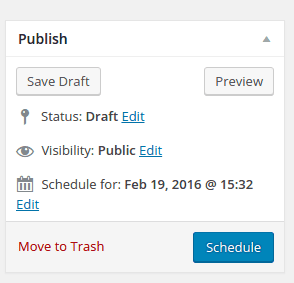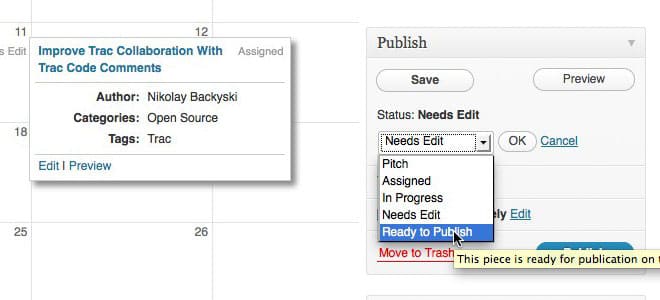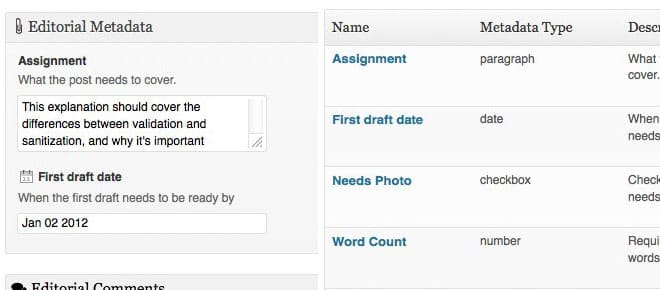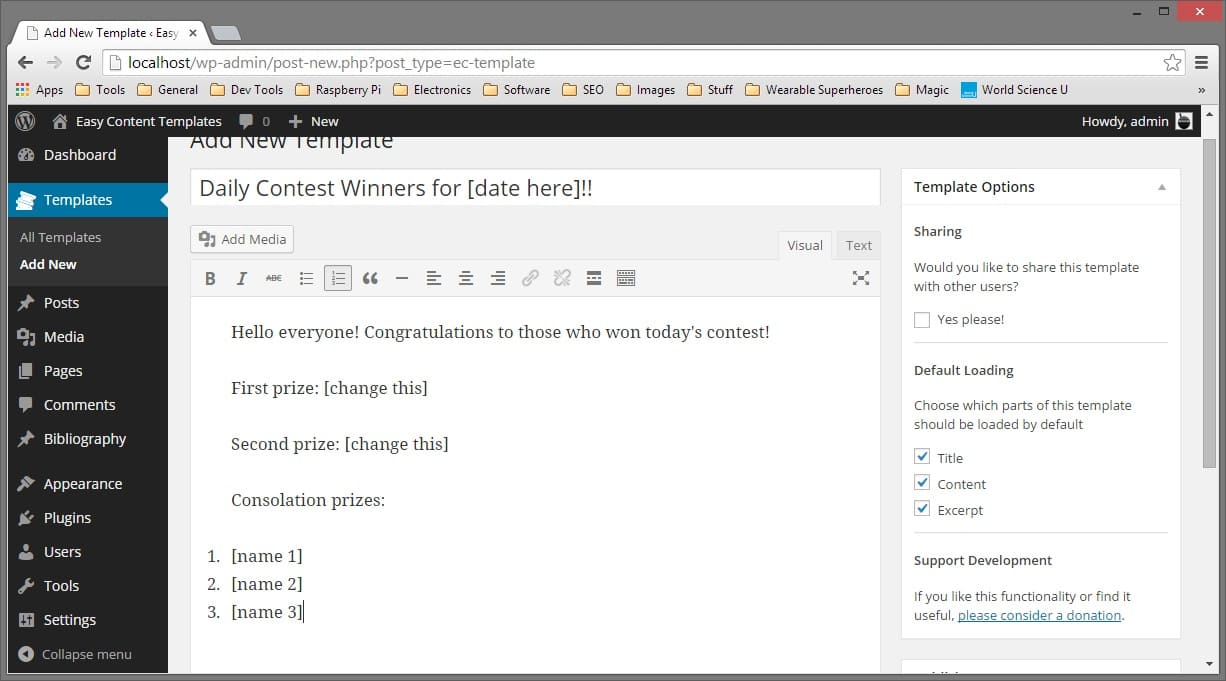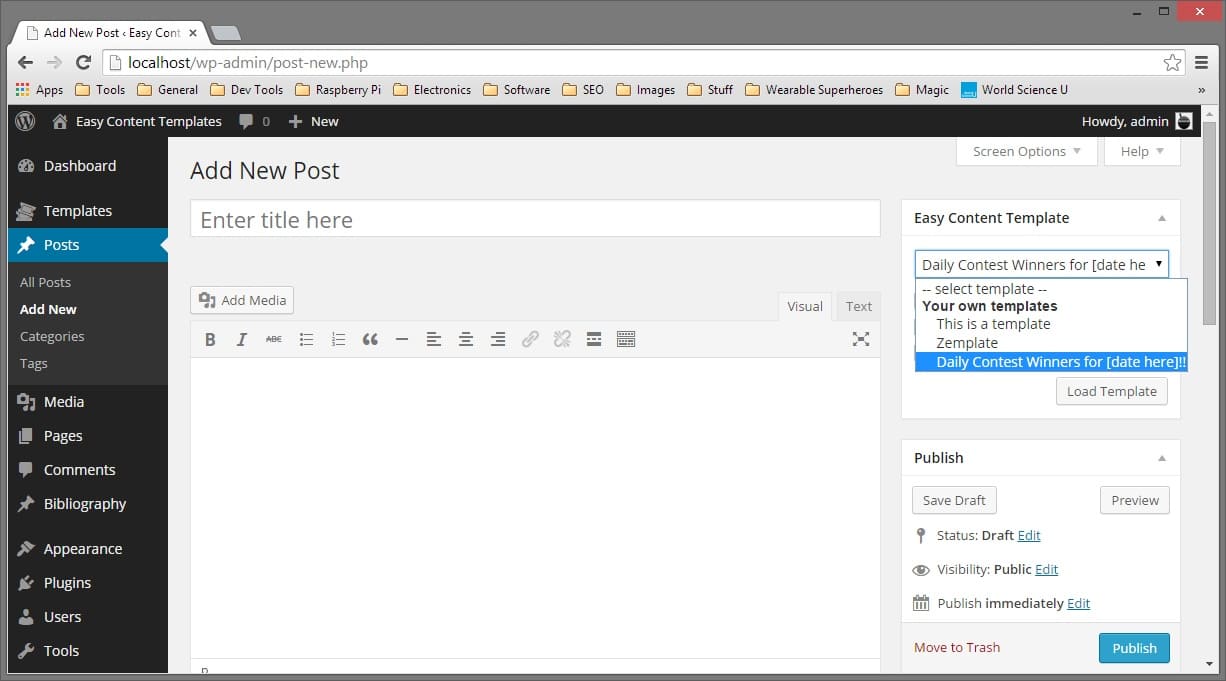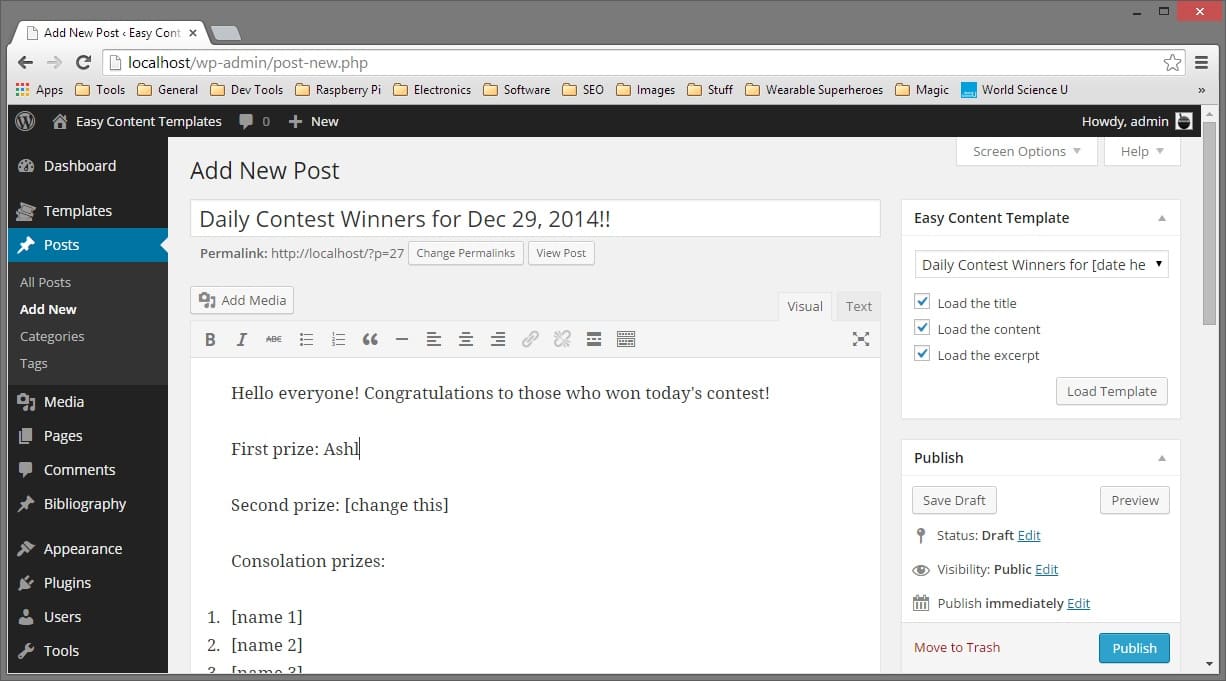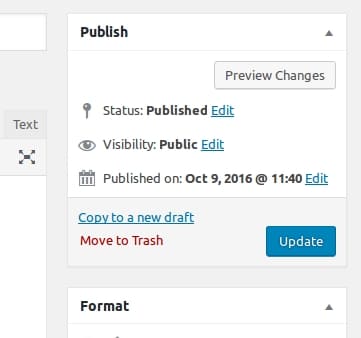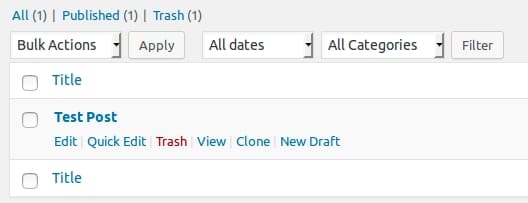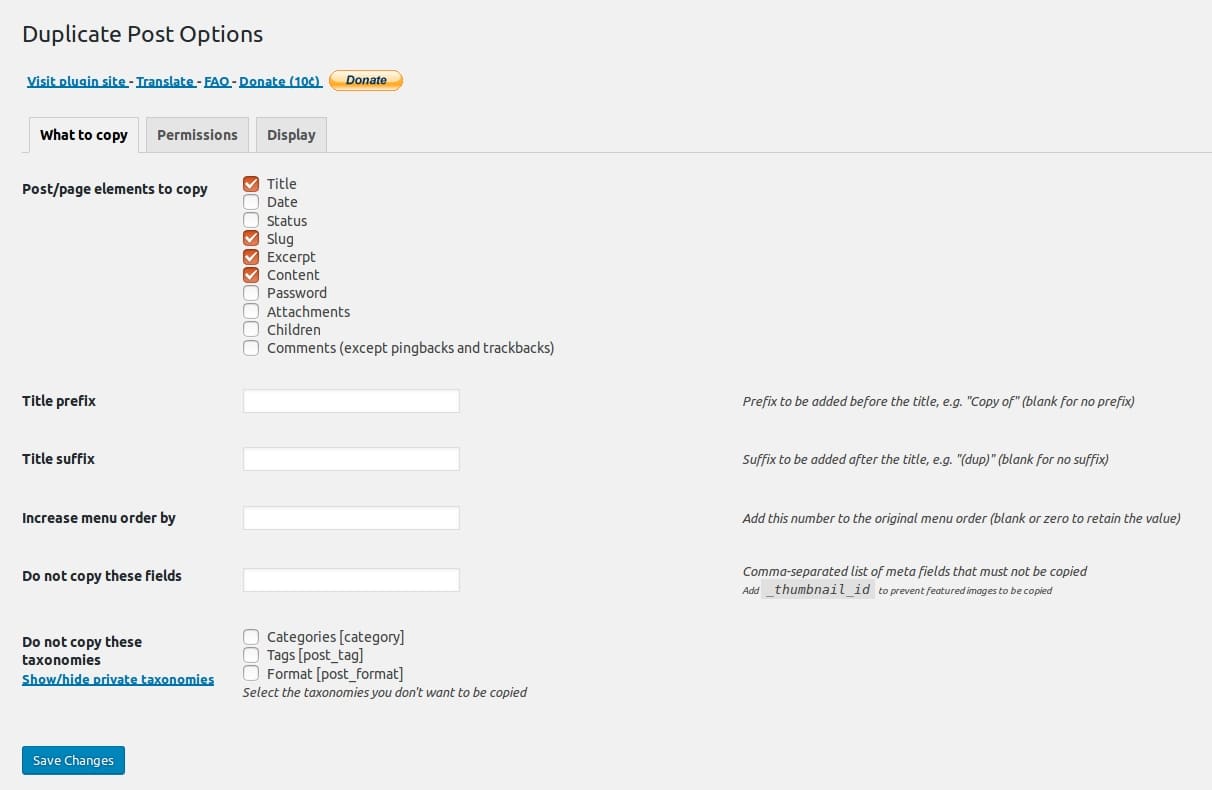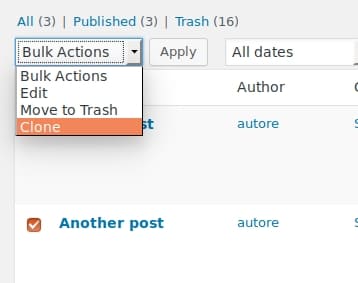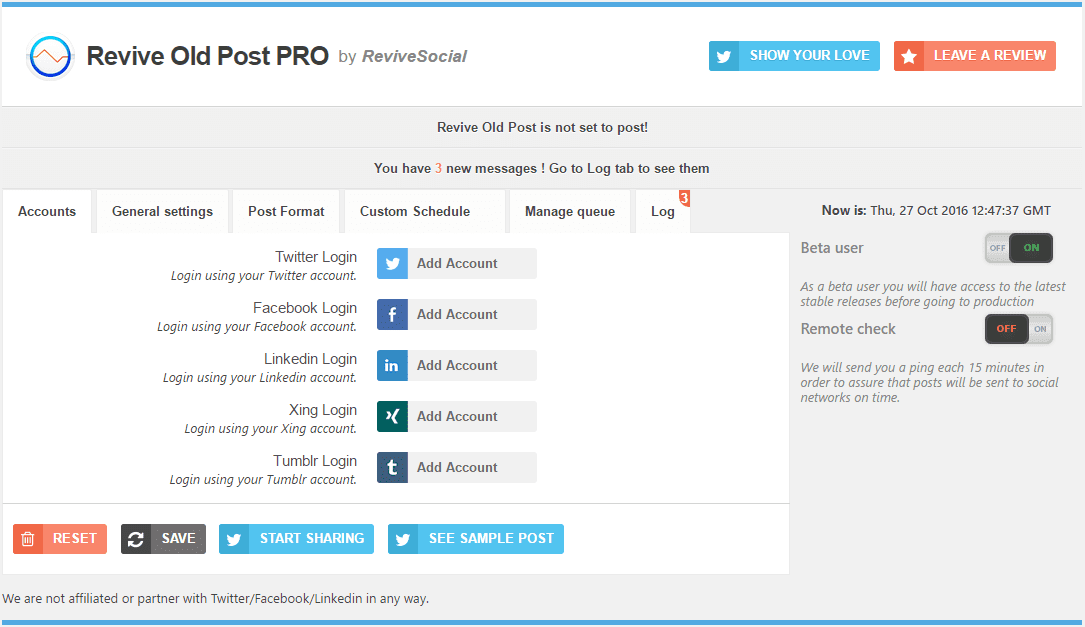Content marketing has never been as important as it is now. Your potential customers receive a multitude of advertisements on TV, radio, magazines and emails every day, so it’s not uncommon that they are fed up with this type of advertising, which is overwhelming. Cease to be effective.
Mainly due to this, it is vital for any business, company or individual involved in content marketing oriented brand positioning, also known as branded content. In this way, you will distinguish yourself from the rest and make your voice heard.
Content marketing cash, in the form of publishing useful content regularly, has the incentive to attract and retain more customers than any other method, without your audience to even notice you’re announcing something.
By doing marketing to your audience in a strategic way, offering interesting, valuable and relevant information, it has the potential to win their loyalty resulting in sales, and thus to grow your business as ever.
This method of communication is much more effective, instead of constantly offering your products and services to your customers.
An effective content marketing has enormous potential in reaching your audience, create connection and encourage a purchase, and all without the customer even feel as if you are trying to sell something.
Content Marketing Strategies That Work
Every day you can read a lot of information related to content marketing, the bad thing is that there is so much information that it becomes confusing to know how to start or what sources to trust.
To make your content marketing strategy work you must have proven strategy that works, I will try to explain.
It is vital to make a plan before you start, and not just any plan, but a plan that is focused on your objectives and goals, to create a direct route you are looking for. So, first of all, let’s see some important elements you should consider when developing a content marketing strategy.
If you follow these simple tips you will see how your business grows and you get more success even than expected. So let’s do this, taking a look at the practical tips that will help to grow your business using content marketing.
Creating a Content Marketing Plan
If this is the first time you are creating a marketing strategy for content, it is highly recommended that you have a clear plan before getting to create content and publish them.
If you have a clear idea of the direction in which you want to do content marketing of your products and services, it will make everything work more smoothly throughout the process.
The 5 fundamental elements that a content marketing plan should include
- Define your goals – You have to visualize the ultimate goal of your content marketing campaign. Examples can be to get calls to action, to make you known, to improve the loyalty of your customers, to generate more sales. Write the goals you want to achieve in your business, as well as any potential obstacle with its solutions, with which you can meet, which is usually defined in the business world as SWOT.
- Investigate – You find out what you have not done in your niche or you need some improvement. You have to know, but above all understand, the needs and values of your audience in order to write content appropriate for them. And, of course, do not forget to focus on what makes your business unique.
- Types of content – Before creating any plans on how you will do and will publish: tutorials, guides, interviews, infographics, videos, etc. Decide how you will distribute the content, not forgetting the SEO methods and techniques you will use to increase your exposure. You must define if your content will be information, opinion, entertainment, compilation, original or a combination of several. Reinforce your content with images that capture the attention of your audience and help generate more virality in social networks.
- Promote your content – Promoting your content, and therefore your business, it is crucial for winning loyal customers. Think about how you will share your content, as well as from your website.
- Analysis – Decide how you will measure and do track the success of your content strategy. This point is often the weak point of many content marketing actions, they do, plan, define and investigate, even create great content, but if you do not measure the impact of what works and what not, you will be burning cartridges in content that does not work and losing opportunities in which it does work.
These 5 steps are vital for increasing the chances of the messages you send through, your content marketing efforts are properly focused and not lost or you do make efforts without results.
Follow this line of action and make sure everyone involved in content marketing plan have clear goals for your business and the actions to be taken. Being thorough, precise and analyzing each step will make your goals much easier to achieve.
A content marketing plan is not about what you know or do without more, is having a goal, to know who it is for, to know what can work and what not, and analyze their performance and progression.
How WordPress can help you in your content marketing
I do not need to remind you that currently there is no business that does not have a website, a blog or both, and as WordPress is still the most popular content management system that seems to make perfect sense to use and is an ideal platform for content marketing that meets all your business needs.
So once you’ve identified your goals, and what kind of content will impact your audience, it makes perfect sense to precisely choose which tools can help us to achieve the goal.
Then I propose a series of plugins and WordPress tools to help you plan and publish content effectively, to help you get your results.
Scheduling the Posts
The WordPress editor includes in the publishing box in the programming tool, something vital for any content marketing plan.
Its use is simple, just click on the link called Edit next to the text Post immediately, you can specify the year, month, day, hour and minute so that your content can be published accordingly.
Once the date and time are chosen, simply accepts and button Publish renamed Program, one of the states of publication of WordPress. Once you save/ schedule, your publication will wait for the date and time chosen to be automatically published.
How many times have I seen WordPress users looking like crazy for utilities that already come by default in WordPress, and this is one of them, and really powerful and useful.
Editorial Calendar
The free Editorial Calendar plugin allows you to plan and schedule entries from a calendar. You can drag and drop entries from one date to another and open the editor from the same calendar screen. It’s a good plugin, and easy to use, to manage and plan the launch of your content, and to make sure that you always know when your content will be available.
Its use is simple and as well as powerful!
Edit Flow
The Edit Flow plugin is a veteran and powerful editorial management tool for WordPress, specifically designed for sites with multiple authors.
It allows you to collaborate with your team, plan content and assign it, define new states to the content (for example, “Ready to publish”, “Not planned”, etc). Of course, you can leave editorial comments to your team and create specific groups of users, as well as send notices and carry a track record of the editorial.
Very complete and totally free, and if you do not get with that comes by default you can expand it with these codes.
The calendar is a convenient month-by-month look at your content. Filter to specific statuses or categories to drill down.
Custom statuses allow you to define the key stages of your workflow.
Editorial comments allow for private discussion between writers and editors on a post-by-post basis.
Keep track of the important details with editorial metadata.
View all of your upcoming posts with the more traditional story budget view, and hit the print button to take it to your planning meeting.
Neilo Content
Nelio Content can be seen as an updated and improved version of Edit Flow.
To give you an idea, you could say it’s a mix of editorial tools like Edit Flow, the content analyzer Yoast SEO and module Disclose JetPack, with some extras.
In its free version, the plugin has limited its virtues editorial workflow in teams because it is only available to a user, but the user can manage the entire editorial calendar, self-publishing and scheduling social publications up to 4 social profiles, and access the full content suggestions.
Failing to have access to the full version to assess its virtues of editorial management, something vital in a blog like this with several authors, I can say that its operation for a single user is more than outstanding, and in the process you can save the module Disclose except for the automatic publication in Google+, something that only JetPack moment gets.
Easy Content Templates
Easy Content Templates take over years without updating, but at least it still works. This plugin allows you to create templates ticket. This way you can use them to include previously defined content in new entries, an easy way to include repetitive content in your publications, such as calls to action, promotional content or whatever.
Know how it works!
Step 1. Template Definition – You need to add templates first before you can use them.
Step 2. Select a Template – When creating (or editing) a post or page, there’s an “Easy Content Template” box to the upper right. Click the drop-down box to select the Template you want to load from the list. Click Load Template.
Step 3. Template Usage – After the Template finishes loading, you can now build upon the template by editing the post or page and filling in values.
Duplicate Post
Sometimes I think that I could not live without the Duplicate Post plugin, there are so many times that this plugin has saved me. Its author deserves a monument or at least a small donation.
As the name says its goal is to allow duplicate/clone publications, then modify whatever Cloned change compared to the original. More or less what WooCommerce offers but for all kinds of content.
You can duplicate posts from the entries screen, the administration bar or the editor, and in the settings, you have the right options but enough to save even more time on this task, you do not know what it’s worth until you need it.
Personally, I especially love the option Copy to a new draft. Come on, I do not know if you need it right now but you should know about its existence and try it at least once in your life to appreciate it in what counts.
Here you can copy the post you’re editing to a new draft.
By clicking on “Clone” the post is cloned immediately. “New draft” leads to the edit screen.
The options page.
The template tag manually added to Twenty Ten theme. Click on the “Copy to a new draft” link and you’re redirected to the edit screen for a new draft copy of your post.
The admin bar link.
Bulk clone action.
Revive Old Post
Despite detractors automation in general and Revive Old Post in particular, this plugin is a must for all content marketing plan that has within its actions promoting social networks of publications.
Its objective is that those old content that continues to be valid gain a new life in social networks and to get it first connect with your social profiles, then choose from which categories/tags will be published contents, from what date, until what date, how often, how much, and more.
Once your re-publishing strategy is defined in social networks, the plugin works automatically and will work for you on your social profiles, attracting traffic to your old but still interesting entries.
To tune it, I recommend that you check the submenu called Exclude publications plugin, to avoid sharing content that is outdated.
It is a real pass and totally necessary. The free version allows you to connect with a Twitter account and a Facebook account, but if you upgrade to the Pro version you can connect multiple accounts from both networks and also add support for LinkedIn, Xing or Tumblr, as well as share custom content types ( custom post types ) and add custom images to social publications.
Yoast SEO
Of course, Yoast SEO is the perfect SEO plugin for content marketing, especially in an editorial environment with multiple authors.
Without entering into other plugin functionalities, content and readability analysis, with its suggestions for improving the SEO and text readability, social configuration and the snippet editor are fundamental tools that can help authors to generate better content, Define keywords and create publications that your audience and search engines will love.
WordPress to Buffer
If you use social tool Buffer, essential for any community manager, then nothing better than WordPress to Buffer to connect your website account and thus send your publications on your social buffers.
MailChimp for WordPress
If you use this popular service for management of mailing lists then MailChimp for WordPress is required. In addition to offering a widget to easily insert the subscription form to your lists, you can also add a box (marked by default or not) to your WordPress registration page and comment form, and also provides statistics.
Share buttons
Even if you had not noticed, you need to provide buttons to share your posts on social networks. You can use many plugins, as there are thousands, including the module that JetPack provides.
I suggest using Monarch, because it not only offers buttons, but lets you set various modes and locations to display, customize the buttons and many more things that make a difference and, above all, get your posts are shared more and better.
It also allows you to see the statistics of each publication, to know in which social network they have shared more, something fundamental.
Google Analytics Dashboard for WordPress
Did I say you have to analyze? Yes right? As well as using plugins have their own analysis of results as we have seen, there is no analytical “tool” like Google Analytics, a must for any content marketing strategy.
And though you know in depth about Google Analytics, and use all your tools, what better than having access to its main indicators without leaving WordPress. This is what this plugin do. It provides statistics in WordPress dashboard.
Of course, its initial function is to connect your web to your Google Analytics account, but it offers you much more, such as statistics by the dates and even real-time visitors throughout the site and on each content page.
Conclusion
If you’re going to jump into the content marketing, it is clearly a good idea to follow at least the steps I propose, and if you also aids some of the plugins, it will make your life easier and get better results, but especially remembers that the tools do not work, but help to complete it, the main thing is to define your content marketing plan well.
And do not think that it is not for you, it may not be today, but every business needs to grow because the opposite trend is to perish, there is nothing known as business stability, or raise or lower.
It does not matter if you have a small blog you want to monetize or a startup that need be known or traditional business that needs to be revitalized, content marketing is an essential tool to grow, improve, and win.
And you, do you have any other tips to make content marketing strategy work? Have you had any doubts or do you know of any other plugin to create or improve a content marketing plan? Share with us in the comments.
Looking for Cheap WordPress Hosting? Look no further than MilesWeb Hosting!!





